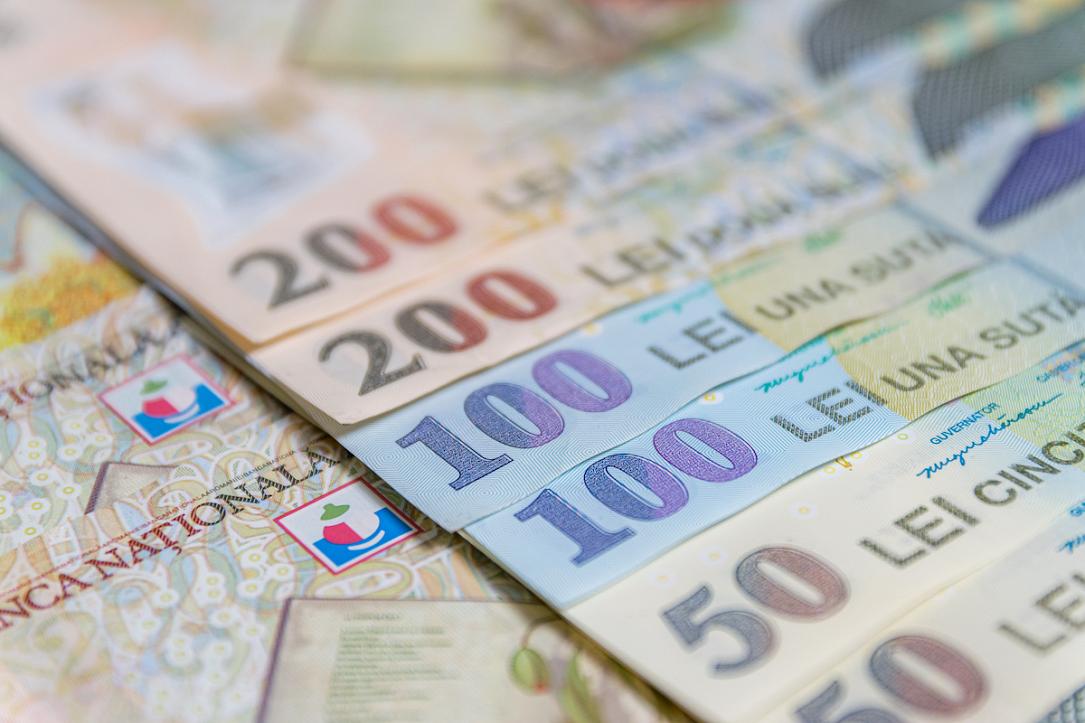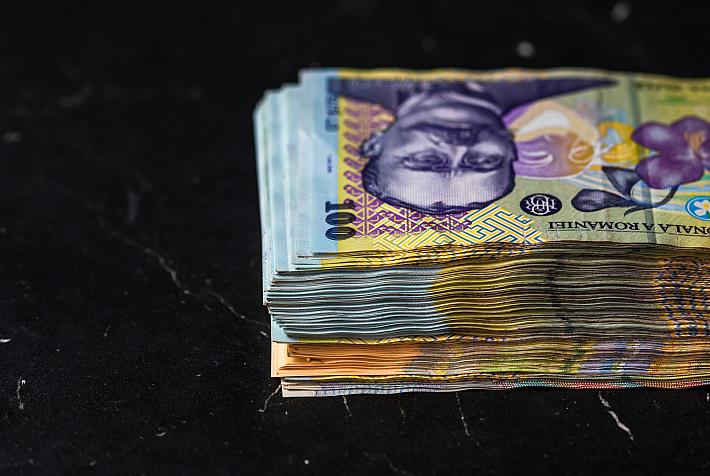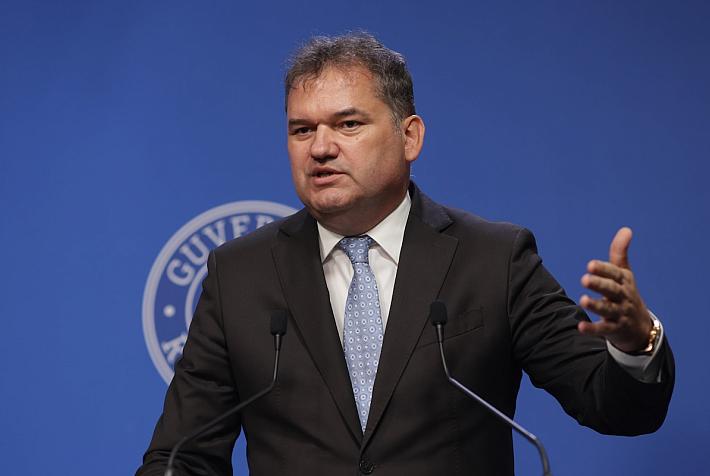Romania’s public deficit hits 5.4% of GDP in January-September

Romania’s general government budget deficit has widened by 70% y/y in the first nine months of 2024 to RON 96.2 billion (over EUR 19 billion), according to data published by the Finance Ministry.
The revenues increased by 13.0% y/y to RON 416 billion, and the tax revenues alone rose by 14.3% y/y, which is not a bad performance. Income and profit tax revenues rose by 20% y/y while VAT and excise taxes by over 17% y/y. The fewer revenues from special taxes charged during the past years dragged the overall revenues figure down to an overall y/y advance of only 13.0% y/y.
Expenditures, in contrast, surged by 20.3% y/y to RON 512 billion, and this increase would have been more pronounced had the government paid the full volume of subsidies owed to energy supply companies (overall subsidies contracted by 2.9% y/y) estimated by the latter at around EUR 1 billion (0.3% of GDP).
The deficit-to-GDP ratio thus topped 5.4% of GDP in January-September – compared to 3.5% of GDP in the first nine months of 2023.
The government’s deficit has already exceeded, in only nine months, the 5% target set initially for the whole year.
In the meantime, however, the government lifted the target to 6.9% of GDP and informally admitted the gap may actually reach 7.9% of GDP.
The government is blaming the wide deficit this year and in the years to come on the robust volume of investments. This may explain part of the deficit but not the rise in the public gap – which was more due to non-investment (current) expenditures.
In the first nine months of the year, the total investments from national and EU budgets increased by 17.5% y/y to RON 71.6 billion or 4.0% of GDP – only 0.2 percentage points (pp) more than the 3.8% of GDP ratio in the first nine months of 2023. This explains only a small part of the 1.9pp widening of the deficit-to-GDP ratio or the 2.5pp rise in the expenditure-to-GDP ratio.
Romania’s public budget without the transfers from the EU budget and without investments (either from national or from EU budgets) would have posted a deficit of 2.8% of GDP in January-September, up from 1.8% of GDP in the same period last year.
Notably, the interest on public debt accounted for 1.5% of GDP in both January-September this year and the first nine months of 2023. The deficit not attributable to investments or public debt service increased to 1.3% of GDP in January-September 2024 from 0.3% in the same period of 2023.
iulian@romania-insider.com
(Photo source: Ungureanu Vadim/ Dreamstime.com)












